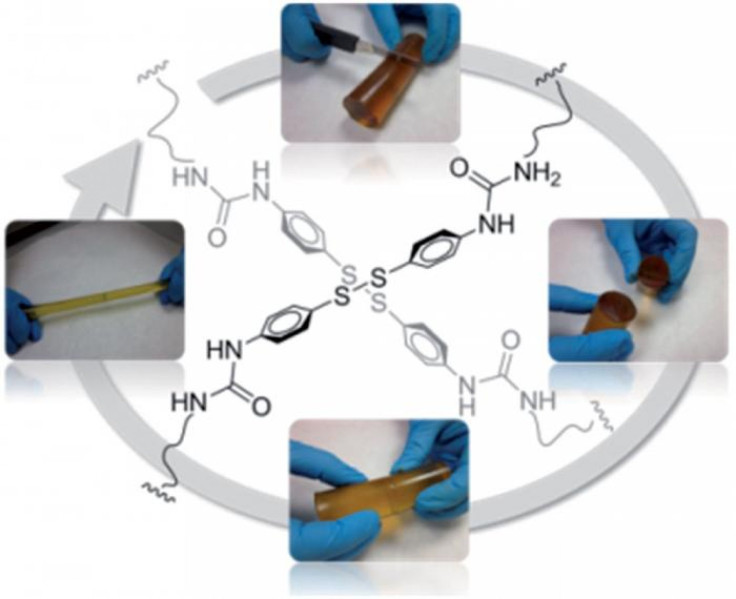Terminator Polymer: Scientists Create Self-Healing Plastic That Repairs Itself On Its Own [VIDEO]

A group of scientists in Spain have developed what is said to be the world’s first self-healing polymer, which can spontaneously and independently repair itself without any intervention.
The researchers from the Centre for Electrochemical Technologies in San Sebastian have dubbed the new material the “Terminator” polymer in tribute to the T-1000, a fictional liquid metal robot from the 1991 film Terminator 2.
The researchers said that the Terminator polymer could be used to improve the durability and life of plastic parts in everyday products such as electrical components, cars and even houses.
According to the study, published last week in Materials Horizons, a journal published by the Royal Society of Chemistry, this is the first time that self-healing polymers that can spontaneously achieve quantitative healing in the absence of a catalyst have been reported. The scientists said they used a simple and inexpensive approach to prepare the self-healing “thermoset elastomers” from common polymeric raw materials.
The researchers also filmed a video to demonstrate how the permanently cross-linked poly (urea-urethane) elastomeric network completely mends itself after being cut in two with a razor blade.
“A metathesis reaction of aromatic disulphides, which naturally exchange at room temperature, causes the regeneration,” researchers said in a statement, adding that the polymer behaves like a Velcro-like sealant or adhesive, displaying an impressive 97 percent healing efficiency in only two hours.
The researchers also showed that, after cutting the material into two separate pieces and allowing it to self-heal, the material is unbreakable when stretched manually.
“The fact that poly(urea-urethane)s with similar chemical composition and mechanical properties are already used in a wide range of commercial products makes this system very attractive for a fast and easy implementation in real industrial applications,” the researchers said.
© Copyright IBTimes 2024. All rights reserved.












